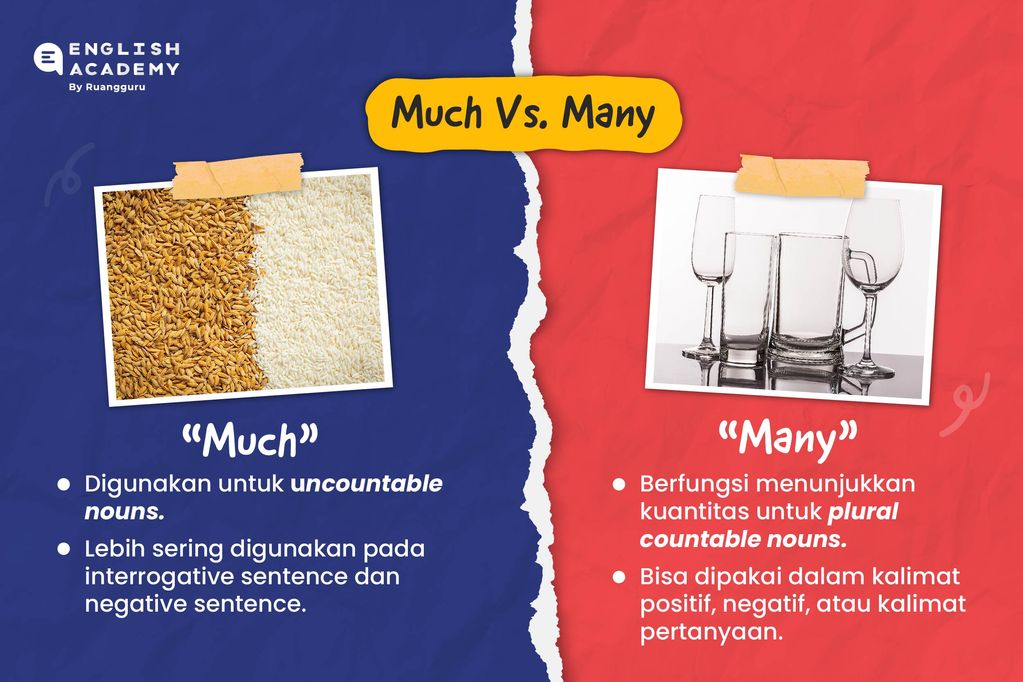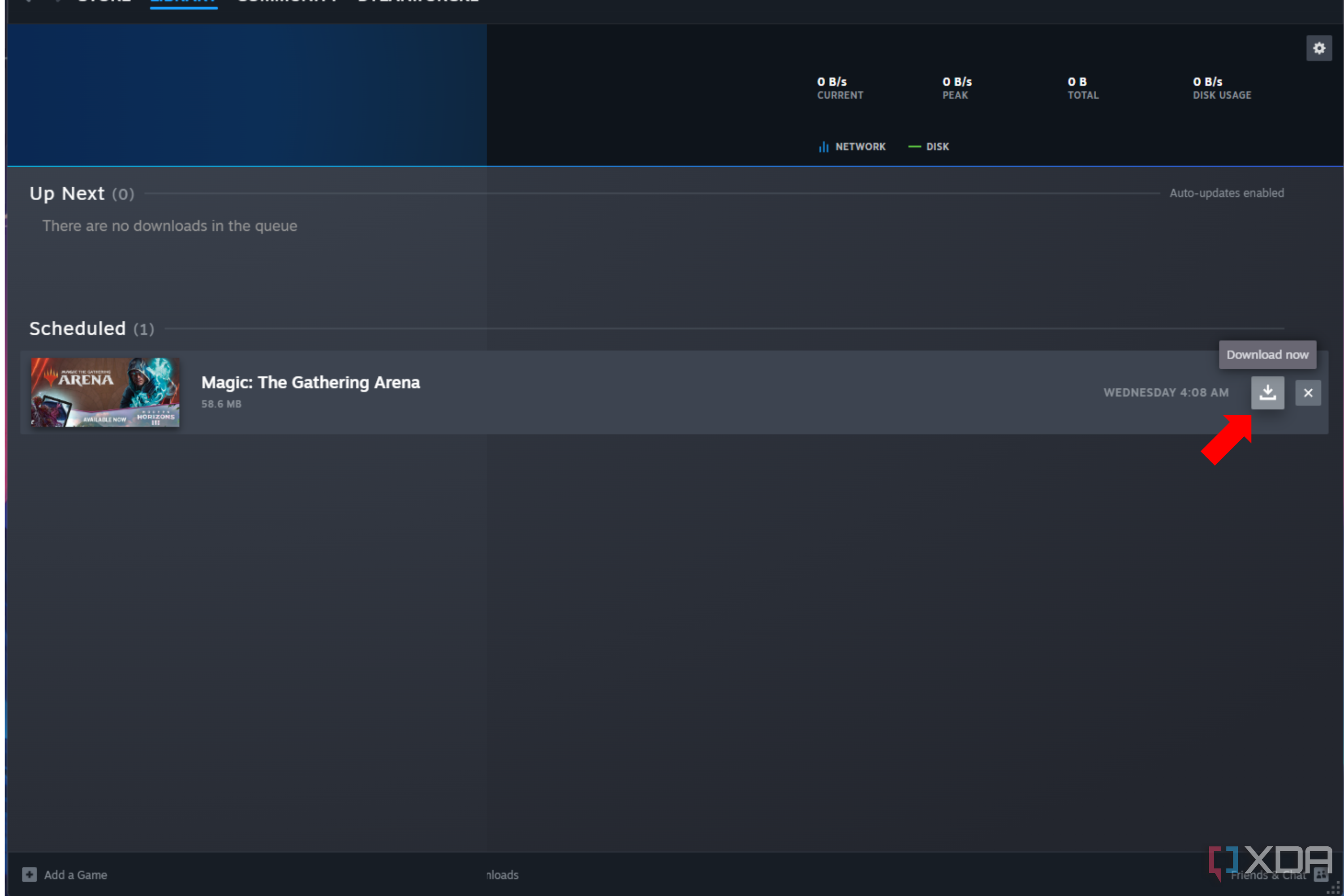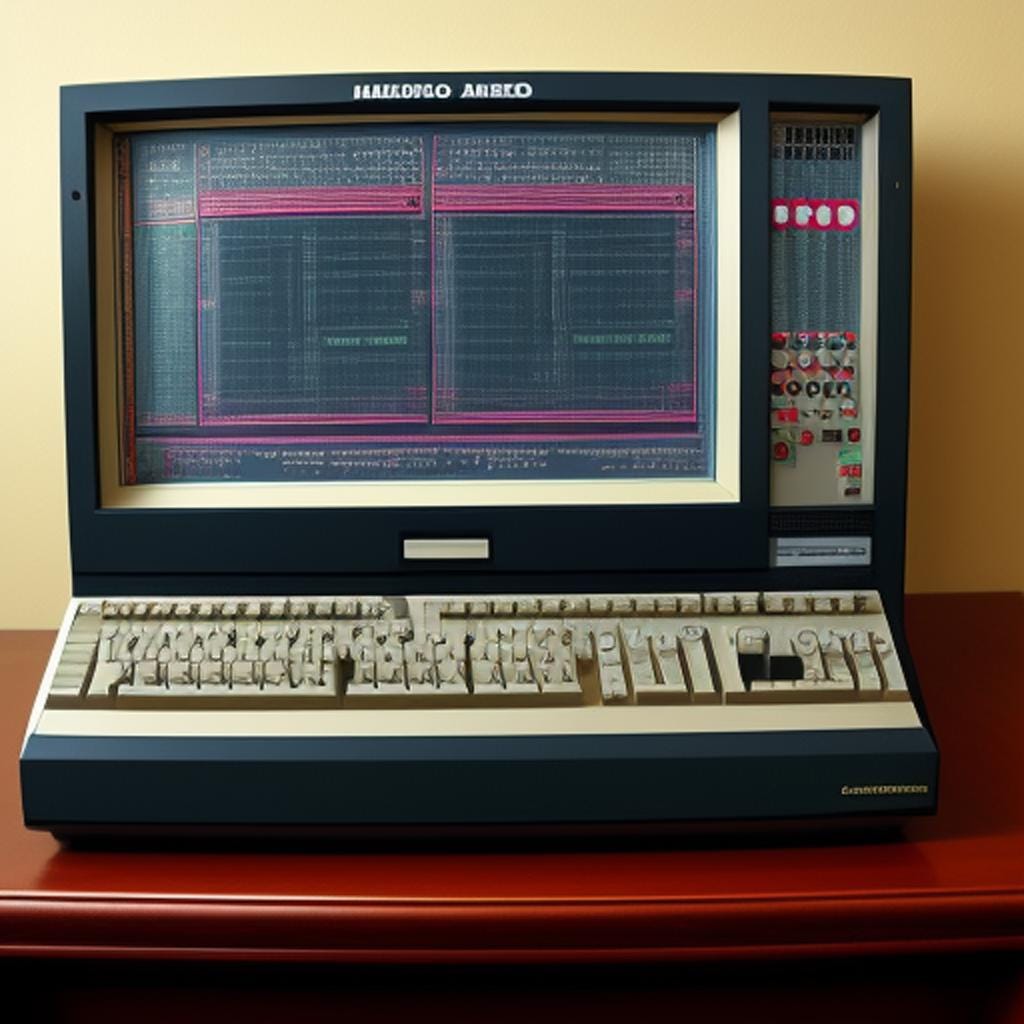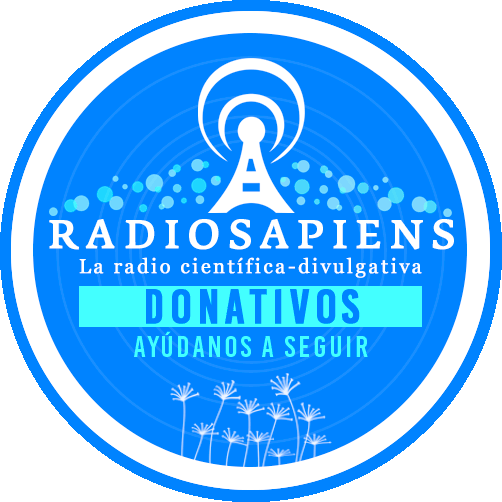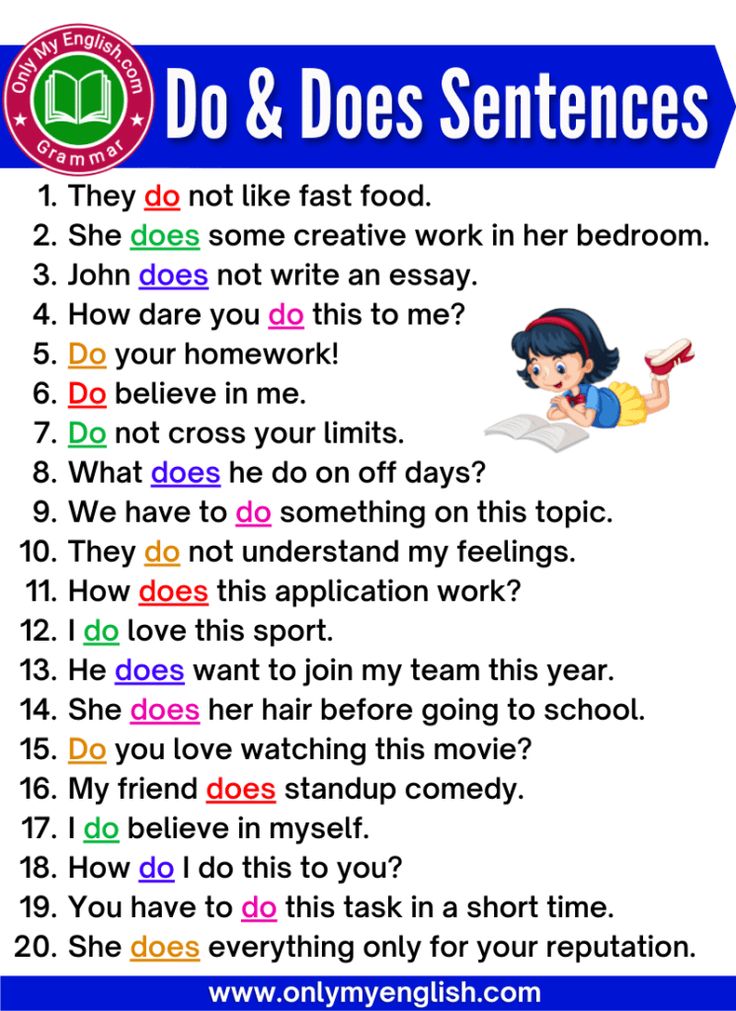Understanding the Programming Language Behind Arduino: A Practical Guide for Beginners and Makers
Introduction: What Drives Arduino Projects?
Arduino has established itself as one of the most accessible and popular platforms for electronics projects, from simple blinking LEDs to complex home automation systems. If you’re new to Arduino or considering diving into hardware programming, one of your first questions will likely be: what language does Arduino use, and how easy is it to learn?
The Core Language: C++ with Arduino-Specific Enhancements
The primary language used to program Arduino boards is based on C++ , a widely respected and established programming language known for its power and versatility. However, Arduino’s implementation introduces key modifications and simplifications, making it approachable even for those with no previous coding experience. [1] The resulting language is often referred to as the “Arduino Language,” which is essentially a streamlined version of C++ designed to reduce complexity and accelerate learning curves for beginners.
For example, the Arduino Integrated Development Environment (IDE) preprocesses your code to add necessary
#include
Why Use a C++-Based Language for Arduino?
Arduino’s choice of a C++-derived language is purposeful. C++ provides the necessary flexibility and performance to interact directly with hardware components, control timing, manage memory, and execute complex logic. At the same time, the Arduino team has introduced a range of pre-written libraries and a simplified syntax, lowering the barrier to entry. [2] This means you can use powerful functions to interact with sensors, motors, and displays without needing to write every line of code from scratch.
For instance, tasks like reading data from a temperature sensor, blinking an LED, or sending messages over Wi-Fi can be accomplished in just a few lines using the Arduino libraries. These libraries encapsulate complex hardware interactions, making them accessible via simple function calls. [5]
Key Features of the Arduino Programming Language
Several features distinguish the Arduino programming environment and language:
- Open Source: Both the hardware and software are open, enabling users to inspect, modify, and share projects freely. [2]
-
Readable Syntax:
The code structure is straightforward, using familiar programming constructs like
if
for
- Extensive Library Support: A vast ecosystem of libraries allows you to control everything from motor drivers to LCD screens with minimal effort. [5]
- Community Examples: Thousands of open-source example projects are available, helping beginners learn by experimentation and adaptation.
The Structure of an Arduino Program (Sketch)
Arduino programs are called ”
sketches
” and typically use the
.ino
-
setup()
-
loop()
setup()
Here is a basic example that blinks an LED connected to pin 13:
void setup() {
pinMode(13, OUTPUT);
}
void loop() {
digitalWrite(13, HIGH);
delay(1000);
digitalWrite(13, LOW);
delay(1000);
}This code turns the LED on for one second, then off for one second, and repeats indefinitely.
Supported File Types and Other Languages
While most Arduino sketches are written in the Arduino language (.ino files), the IDE also supports files written in plain C (.c), C++ (.cpp), and even assembly language (.S). This flexibility enables advanced users to optimize code or leverage low-level hardware functionality when needed. [1]
Some boards and extensions support alternative languages such as MicroPython, but the vast majority of projects use the C++-derived Arduino language. [5]
How to Start Programming with Arduino: Step-by-Step Guidance
Getting started with Arduino programming is straightforward, thanks to the open-source tools and broad community support:
- Download and Install the Arduino IDE: Visit the official Arduino website and download the IDE for your operating system. The installation process is guided and user-friendly.
- Connect Your Arduino Board: Plug your board into your computer via USB. The IDE should automatically detect it.
-
Open an Example Sketch:
In the IDE, go to
File > Examples
and select a basic project, such as “Blink.” - Upload the Code: Click the upload button (right arrow icon). The IDE will compile your code and transfer it to the board.
-
Observe the Results:
The LED on your board should begin to blink. Experiment by changing the timing in the
delay()
If you encounter issues, consult the troubleshooting section of the Arduino documentation or search the active forums for guidance. [5]

Source: clearinfo.in
Common Challenges and How to Overcome Them
New users may face several common challenges when learning Arduino programming:
- Syntax Errors: The IDE will highlight errors and provide feedback. Carefully check for missing semicolons, brackets, or incorrect function names.
- Board Not Recognized: Ensure you have installed the correct drivers for your board and have selected the right board and port in the IDE’s “Tools” menu.
- Library Issues: Some sketches require additional libraries. Use the IDE’s library manager to install or update libraries as needed.
Persistence and experimentation are key. The community is active and supportive, making it easier to find solutions to most beginner problems.
Alternatives and Extensions: Can You Use Other Languages?
While Arduino’s core language is based on C++, some advanced users and specific boards support alternative languages such as MicroPython. This can be a good fit for those already familiar with Python, though it typically requires compatible hardware. [5] For most users, however, the simplified C++-based Arduino language provides the best balance of power and usability.
Further Learning and Resources
To continue your journey, consider the following:
- Official Arduino Documentation: Comprehensive guides and references are available on the official Arduino website. Search for “Arduino programming documentation” or “Arduino language reference” to find the latest information.
- Online Courses and Tutorials: Many universities and organizations offer beginner-friendly courses in Arduino programming. Look for courses that emphasize hands-on projects and community support.
- Community Forums: The Arduino forums are an excellent place to ask questions, share projects, and connect with other makers. Search for “Arduino forums” to join active discussions.
For those seeking formal instruction, you can enroll in online coding courses that include Arduino modules by searching for “Arduino programming courses” at universities and reputable coding platforms. [2]
Key Takeaways
Arduino projects are powered by a user-friendly, C++-based language specifically designed for ease of use and hardware interaction. Its open-source nature, extensive library support, and strong community make it ideal for beginners and experienced developers alike. Whether you want to build your first blinking LED or prototype a smart home device, learning to code for Arduino opens a world of creative possibilities.

Source: owlcation.com
References
- [1] Arduino Forum (2022). What language is a typical Arduino code based on? Community explanation and examples.
- [2] Emeritus (2023). Why is the Arduino Programming Language Used and What Are Its Features?
- [3] NYU Tandon School of Engineering. Arduino Coding Guide: Syntax, Data Types, and Examples.
- [4] YouTube. How to Code Arduino: Beginner’s Tutorial (2023).
- [5] Arduino Documentation. Programming Languages and Guides for Arduino Boards.
MORE FROM gowithdeal.com

